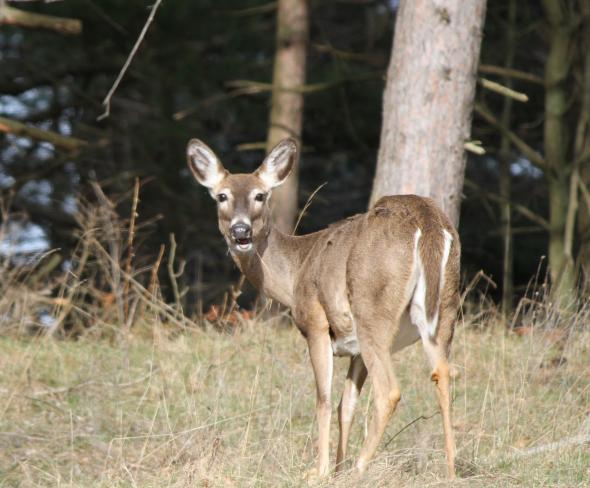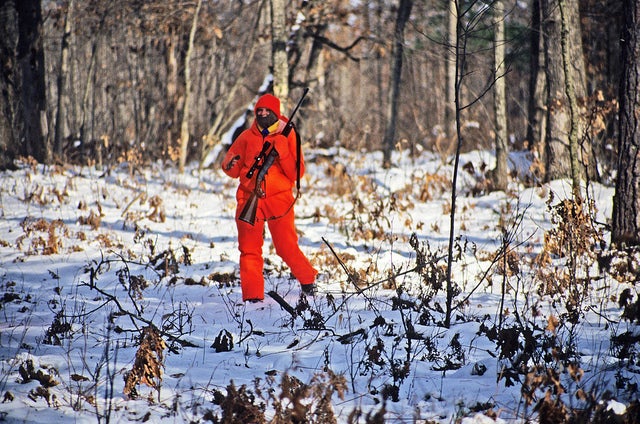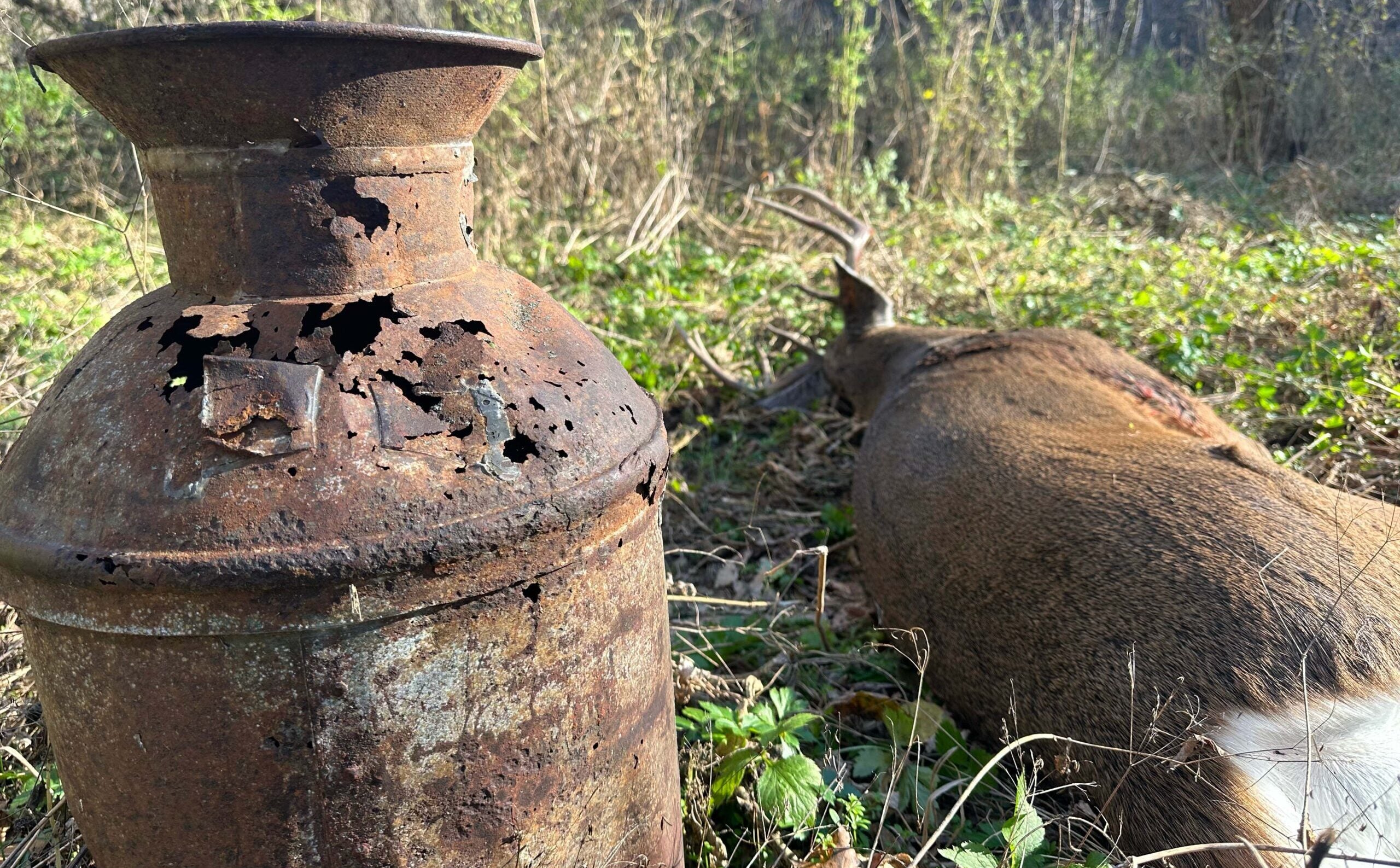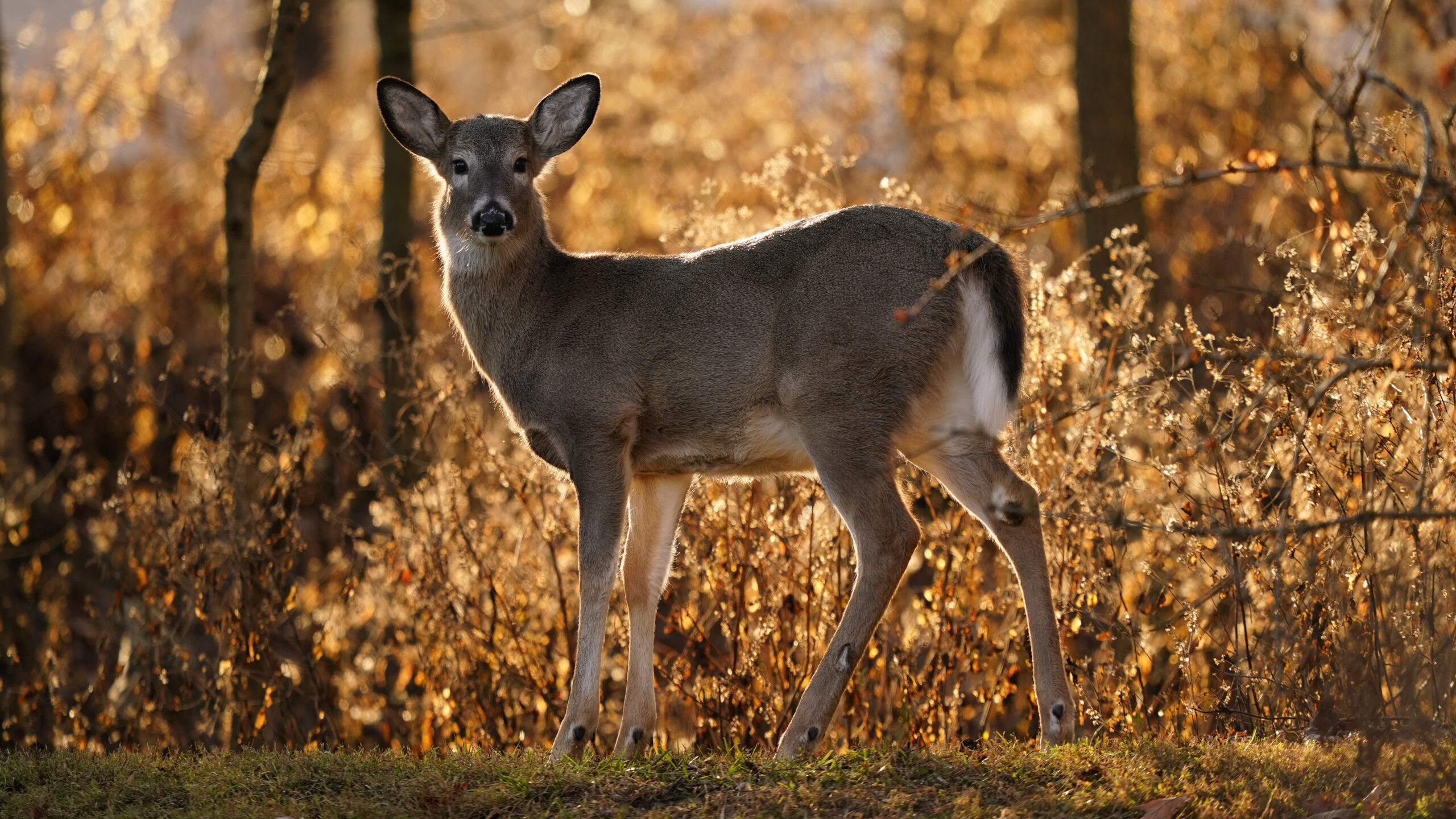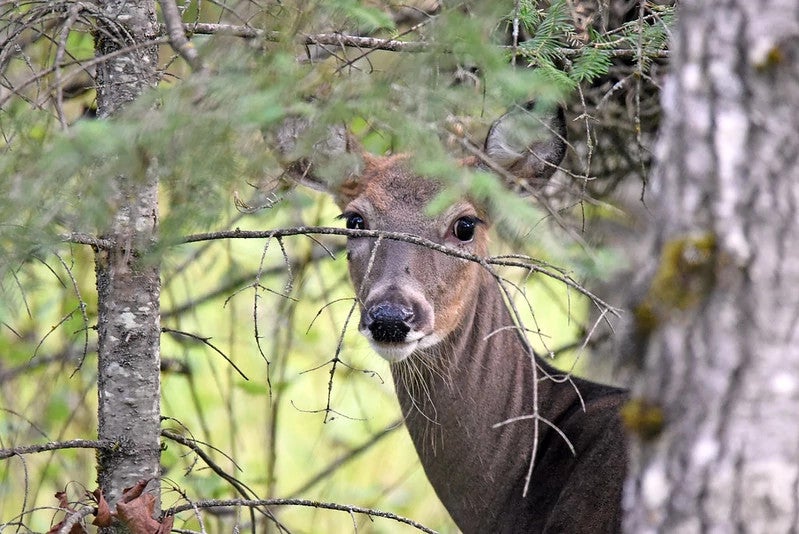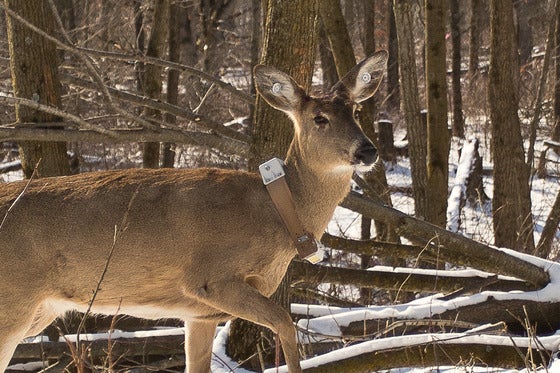A higher rate of chronic wasting disease among Wisconsin deer is prompting state lawmakers and citizens to call for more aggressive action to prevent the disease’s spread.
The Wisconsin Wildlife Federation and 14 county delegations of Wisconsin’s Conservation Congress have passed resolutions to require double-fencing of captive deer farms. Eight counties passed resolutions to ban them entirely.
Alan Horvath proposed resolutions to ban game farms or require double-fencing in Douglas County. He said he knows a game farm ban is a long shot with state lawmakers.
News with a little more humanity
WPR’s “Wisconsin Today” newsletter keeps you connected to the state you love without feeling overwhelmed. No paywall. No agenda. No corporate filter.
“A double fence would be a very minor step, but an important step in preventing the fences from being breeched or animal to animal contact,” said Horvath.
George Meyer, executive director for the Wisconsin Wildlife Federation, said a similar resolution to require double-fencing passed unanimously at the group’s annual meeting on April 9. Meyer agreed he’d like the Wisconsin Department of Natural Resources to do more oversight of fencing in the state’s efforts to control the spread of CWD.
“DNR looks at them once every 10 years, which is just not effective regulation,” said Meyer.
But DNR officials oversee fencing certificates for the state’s whitetail deer farms only. Officials with the Department of Agriculture, Trade and Consumer Protection oversees the state’s 413 deer farms.
Dr. Paul McGraw, state veterinarian, said fencing for exotic species, including elk, are regulated by local ordinance. Regardless, McGraw said testing and monitoring of deer farms show they’re at very low risk of having the disease.
“There’s a false sense of security that if we say that we’re going to put a double fence around every deer farm that we’re no longer going to have CWD in Wisconsin,” said McGraw, adding that the disease can move across the landscape in a variety of ways.
About half the state’s deer farms also take part in the CWD herd status program, which tests 100 percent of all deer that are moved, killed, slaughtered or die.
“There’s a very high level of surveillance on farm-raised deer that would lead to us detecting CWD very early on,” he said.
But Horvath expressed concern over a DNR emergency rule in December that relaxed requirements for deer farmers seeking a fencing certificate. Prior to the rule, farmers had to enroll in the CWD herd status program to obtain a certificate, but that’s no longer the case.
Fencing requirements haven’t changed, according to Pete Dunn, DNR captive wildlife administrative warden. He said he couldn’t comment on whether double-fencing reduced the likelihood of spreading the disease.
“To speculate which fence is better … we’ve had escapes out of both fences,” he said.
Meyer argued double-fencing adds another barrier between captive deer and the wild herd. In addition to requiring double-fencing, he said the DNR should conduct annual fence inspections, require deer farm owners to check fences after storms and install devices to detect open gates.
Rick Vojtik, president of Whitetails of Wisconsin Association, said deer farmers are doing their part to comply with state regulations on CWD testing, as well as fencing.
“If we’re showing those places that are double-fenced get it just as well as those places that are single-fenced, they should at least do the research to show that it’s going to help,” said Vojtik.
Vojtik is also the owner of Fairchild Whitetails, which was depopulated by the state last fall after testing positive for CWD.
“The game farms are being used … because it’s the only place CWD is being tested for at a decent rate,” he said. “It’s where you’re going to find it and it’s going to show where CWD is spreading through the environment.”
However, Dave Clausen, a retired veterinarian and former Natural Resources Board chairman, said double-fencing would make a difference in preventing CWD’s spread. U.S. Department of Agriculture regulations require double-fencing for deer farms taking part in its CWD herd certification program where the disease has been found, according to Clausen.
“When you have a single fence, it’s nose-to-nose contact,” he said. “Nose-to-nose contact is a way of spreading the disease.”
Vojtik contended the disease can be transmitted a number of ways, including potentially feed sources. He added double-fencing would be a significant cost to farmers.
“I don’t know if everyone could afford to do it,” he said.
Clausen said the state can’t afford not to with the state’s billion-dollar wild deer herd industry at stake.
County delegations that passed resolutions to require double-fencing:
- Barron
- Buffalo
- Chippewa
- Douglas
- Grant
- Jackson
- Marquette
- Outagamie
- Rock
- Sauk
- Sawyer
- Shawano
- Winnebago
- Wood
County delegations that passed resolutions to ban game farms:
- Chippewa
- Douglas
- Marquette
- Monroe
- Shawano
- Outagamie
- Sawyer
- Winnebago
Wisconsin Public Radio, © Copyright 2025, Board of Regents of the University of Wisconsin System and Wisconsin Educational Communications Board.

